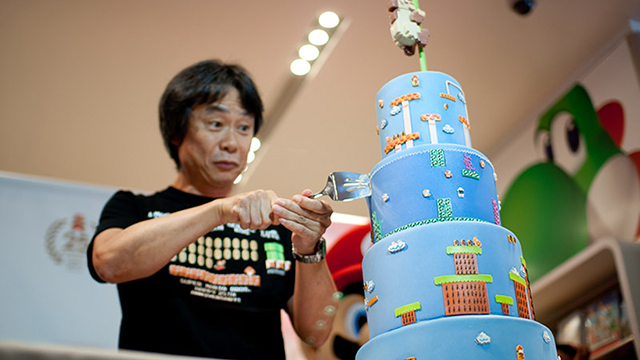Shigeru Miyamoto may not be as hands-on at Nintendo as he used to be, but his presence is still very strongly felt at the company, be it with the development of new hardware or the release of new entries in the company's storied stable of IP. He's also known for "upending the tea table," though whether or not this has ever occurred literally is an issue still very much up for debate.
In a recent Interview with TIME, Miyamoto touched on a host of topics, ranging from senior executive feedback as Switch progressed, to how, specifically, the late Satoru Iwata was very directly involved. Standout responses can be found below, with the full interview available here.
.
Nothing really in terms of 180 degrees, but myself, Mr. Takeda and Mr. Iwata were more providing feedback during development. So a lot of the younger staff would give us presentations, and we would give them feedback and make decisions if necessary. The feedback that we did provide I think was put to good use, and I don't think there were any times where we had major clashes of ideas. If anything, we had to think about how to make Switch unique, and there's a certain cost associated with that. So it was like, "Oh my God, it's going to be a lot more expensive. How are we going to deal with this?" We struggled with that together as a team.
Is there anything in particular about Switch that reflects Satoru Iwata's involvement? [Iwata was Nintendo's president from 2002 to 2015, and passed away in July 2015.]
I mentioned that Mr. Iwata, Mr. Takeda and myself provided feedback and made decisions, but ultimately Mr. Iwata was the head of development, so he put a lot of thought and time into Switch. I think that the idea of Nintendo Switch being a device you can take out and anywhere, and the idea of it being a system that really allows networking and communicating with people, I think that's something Mr. Iwata put a lot of emphasis on.
Because Mr. Iwata was tech-savvy, a lot of our discussion involved trying to figure out how to make the technical things like network capabilities or servers or whatever fun. For example, think about when we added the ability to use a browser on the DS [Nintendo's two-screen gaming handheld—the browser was added to North American systems in 2007]. As time goes on, all of these services become more and more advanced, and so we need to think about "How do we incorporate mobile devices or new browser features that come up?" That's something Mr. Iwata and I discussed a lot, really trying to decide what to do and what not to do in our hardware.







